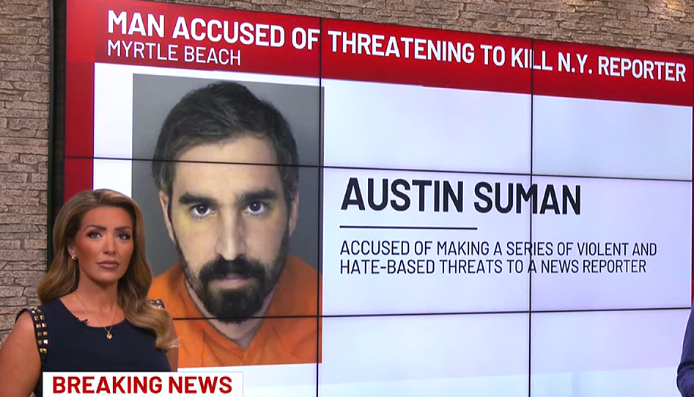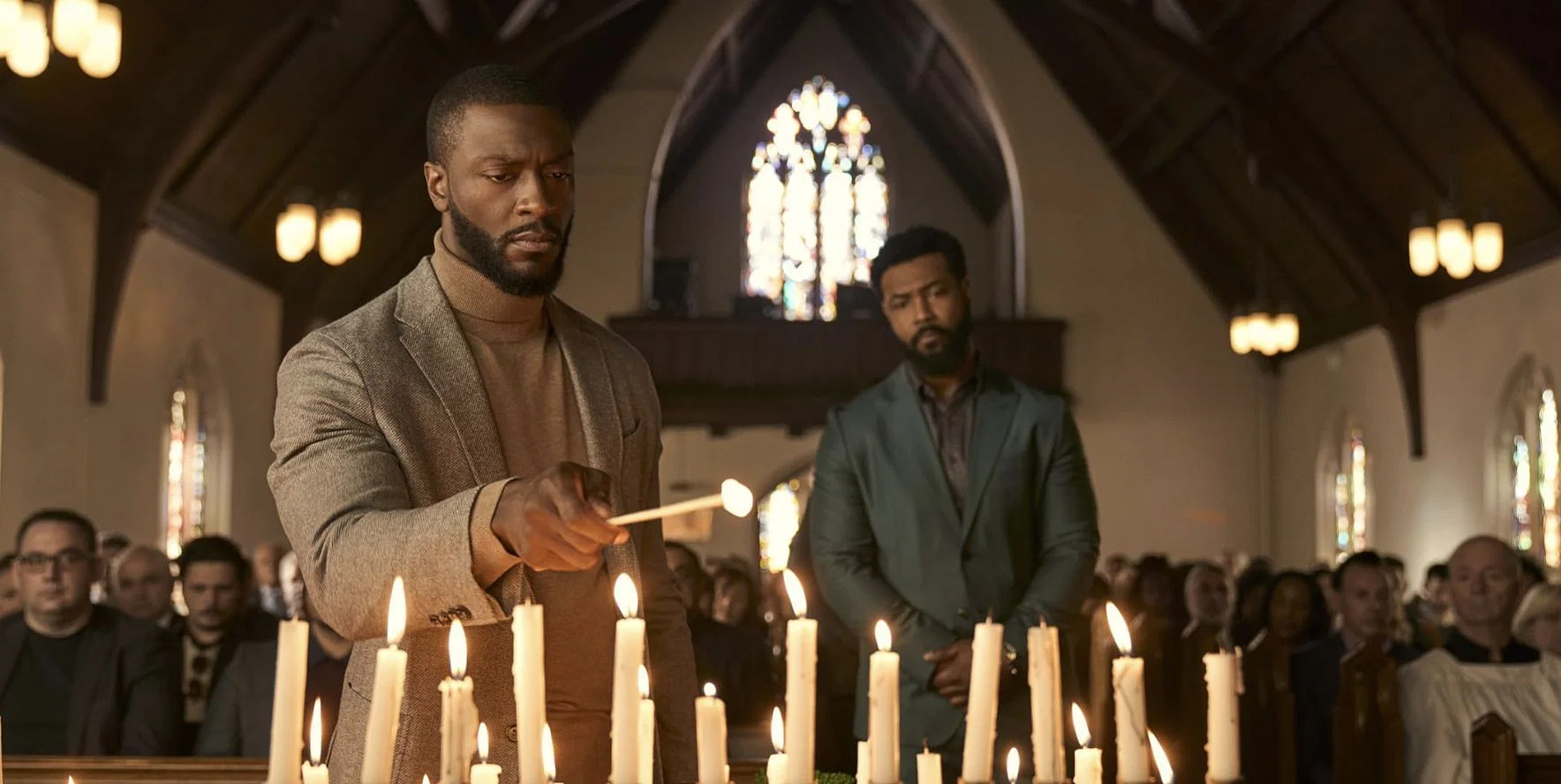Photo: YouTube
In the final year of a Trump presidency that propelled racist conspiracy theories and white nationalist ideology into the political mainstream, far-right extremists continued to migrate to online networks as the number of active hate groups declined for a second year, according to the Southern Poverty Law Center’s annual Year in Hate and Extremism report released today.
But the levels of hate and bigotry in America have not diminished.
The SPLC identified 838 active hate groups operating across the United States in 2020, a decrease from the 940 documented in 2019 and the record-high 1,020 in 2018. The hate group count and analysis can be read online, along with an updated map showing the locations of hate groups nationwide, at www.splcenter.org.
The number of active hate groups in the SPLC census, conducted each year since 1990, is a barometer of extremism in the country, but not the only one – and the drop from the previous year does not signal a decline in extremist activity or the threat of domestic terrorism. Just last week, the U.S. Department of Homeland Security issued an extremely rare National Terrorism Advisory System Bulletin in response to the growing threat from home-grown extremists ranging from antigovernment militias to far-right hate groups and white supremacists.
“For three decades, we have attempted to sound the alarm about these groups, their growth and the dangers they pose,” said Margaret Huang, President & CEO of the SPLC. “It is clearer now than ever that our nation faces an increasingly dangerous threat from home-grown extremists ranging from anti-government militias to hate groups and white supremacists.”
In fact, the proliferation of internet platforms that cater to extremists allows individuals to engage with potentially violent movements like QAnon and Boogaloo without being card-carrying members of a particular group. This phenomenon has blurred the boundaries of hate groups and far-right ideologies, helping coalesce a broader but more loosely affiliated movement of far-right extremists who reject the country’s democratic institutions and pluralistic society.
“The insurrection at the Capitol was the culmination of years of right-wing radicalization. Most recently, it was the product of Donald Trump’s support for and encouragement of radicalized individuals and groups to buy into conspiracy theories about a ‘stolen election,’” said Susan Corke, director of the SPLC’s Intelligence Project. “Trump may no longer be in the White House, but the white nationalist and extremist movement he emboldened and incited to violence is not going anywhere – and may grow more dangerous to our country.”
In an SPLC survey in August, 29 percent of respondents said they personally know someone who believes that white people are the superior race. The poll also found that 51 percent of Americans thought the looting that occurred in several cities amid Black Lives Matter rallies was a bigger problem than police violence against Black people.
As detailed in the Year in Hate and Extremism report, the SPLC in 2020 recorded nearly 4,900 racist flyering incidents.
Several factors contributed to the decrease in hate group numbers in 2020. Some groups ceased their in-person activity because of the COVID-19 pandemic. Also, hate groups are increasingly being kicked off their mainstream social media platforms and communicating in encrypted chatrooms, making it harder to track their activities.
Another factor is the continuing collapse of the Ku Klux Klan, as younger extremists move into newer groups that do not carry the same stigma as a group long associated with white supremacist terror. In 2020, Klan chapters dwindled to 25, down from 47 in 2019 and down significantly from years past, when there were typically about 150 chapters in any given year.
Despite the massive drop in Klan groups, there are now numerous, alternative hate groups that make Klan membership obsolete. The Proud Boys, for example, vandalized historically Black churches in Washington, D.C., during a pro-Trump demonstration in December, and its members were aggressively front and center during the attack on the Capitol.
The number of white nationalist groups also declined from 155 in 2020 to 128 following posting huge growth during the Trump era. This decline may reflect the fact that white nationalist groups, like neo-Nazi groups, are becoming more diffuse and difficult to quantify as they proliferate online and use encrypted platforms.
Anti-immigrant, anti-Muslim and anti-LGBTQ hate groups, which are typically more successful than white supremacist groups at laundering their ideas into mainstream political discourse, saw their numbers remain largely stable, though their in-person organizing was curtailed due to the pandemic.
What is a hate group?
A hate group is an organization that – based on its official statements or principles, the statements of its leaders, or its activities – has beliefs or practices that attack or malign an entire class of people, typically for their immutable characteristics. The FBI uses similar criteria in its definition of a hate crime.
For more information about hate groups and how they are identified, click here.






